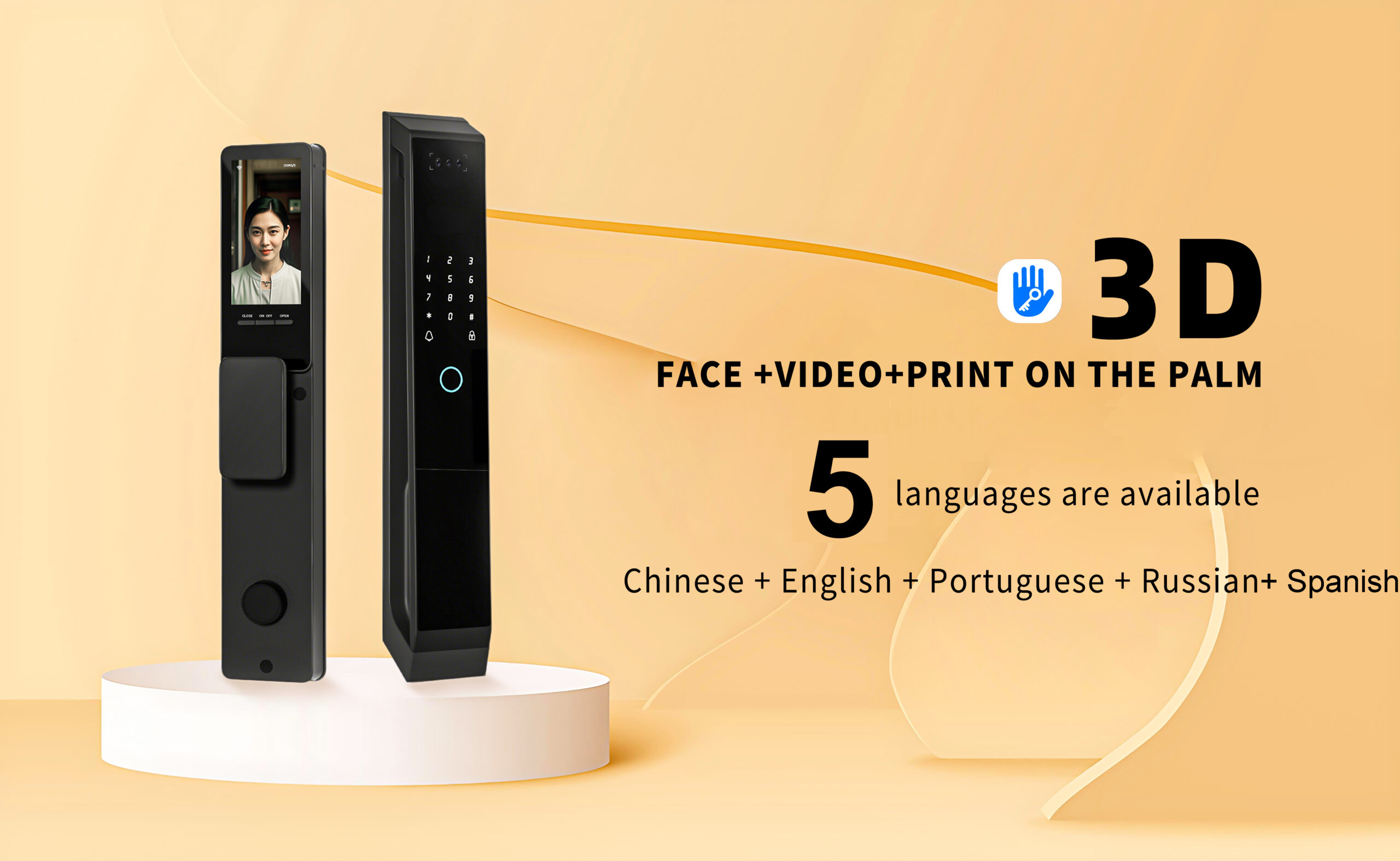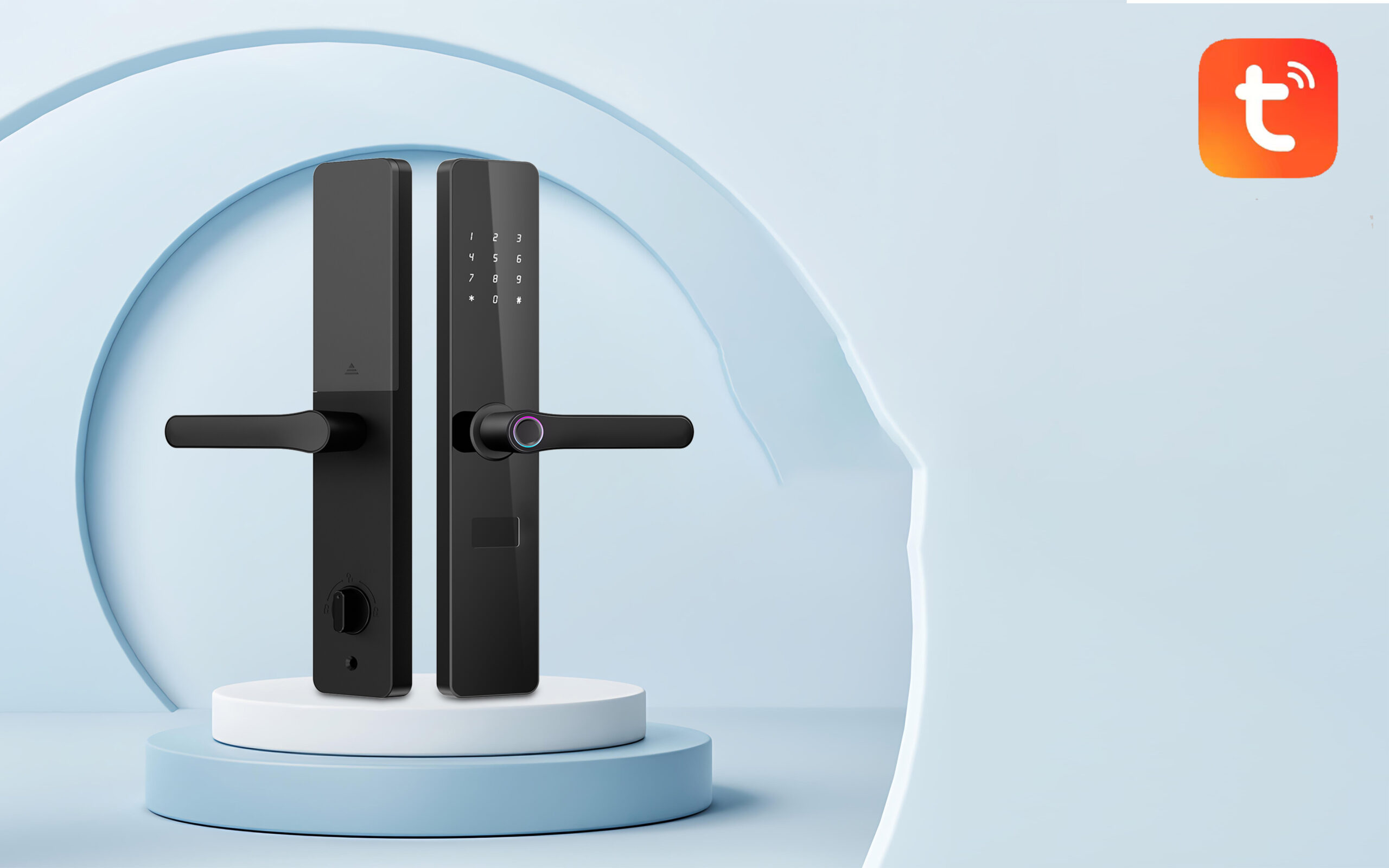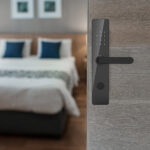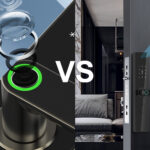您的购物车目前是空的!
Fingerprint vs. Facial Recognition: Which Biometric Lock is Right for You?
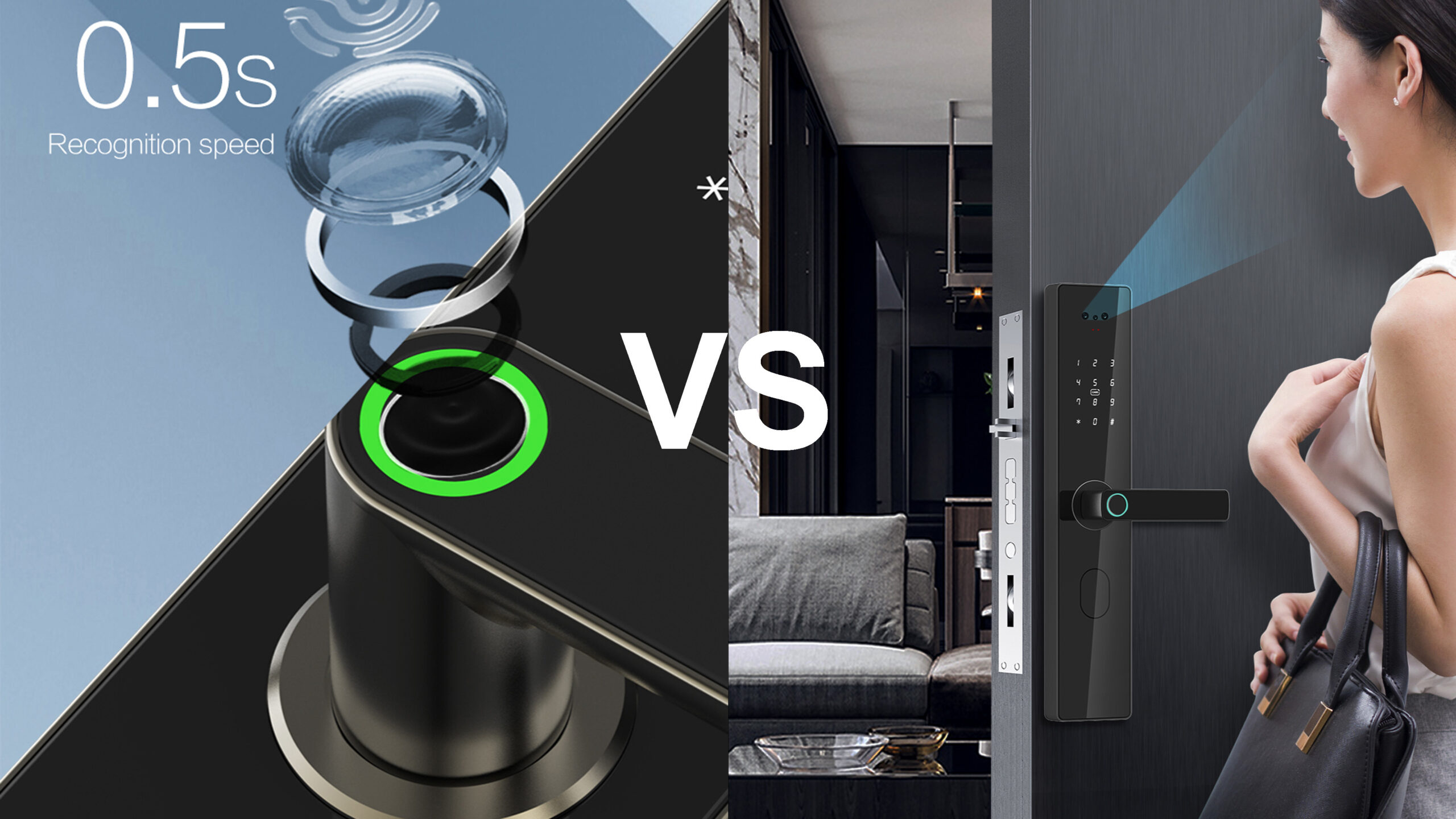
Biometric locks have revolutionized home and office security by replacing traditional keys and passwords with unique biological traits. Among the most popular options are fingerprint and facial recognition systems. Both offer convenience and advanced protection, but they cater to different needs. Let’s break down their strengths, limitations, and ideal use cases to help you decide which suits your lifestyle.
Security: Precision vs. Complexity
Fingerprint scanners analyze the ridges and valleys of your fingertip, a method proven reliable for decades. Modern sensors use capacitive or optical technology to detect live tissue, making spoofing with fake prints difficult. However, worn or dirty fingers may cause errors.
Facial recognition, on the other hand, maps facial features like eye spacing, nose shape, and jawline. Advanced systems (e.g., Apple’s Face ID) employ 3D depth sensors and infrared to distinguish real faces from photos or masks. While highly secure, low-quality cameras or poor lighting can reduce accuracy.
Verdict: High-end facial recognition edges out fingerprint tech in spoof resistance, but fingerprint systems are more consistent in everyday conditions.
Convenience: Speed vs. Hands-Free Access
Fingerprint locks require a quick tap, making them fast and intuitive. They’re ideal for quick entry, but gloves, grease, or hand injuries can disrupt access.
Facial recognition offers true hands-free operation—simply facing the sensor unlocks the door. This is perfect for busy parents, healthcare workers, or anyone carrying groceries. However, masks, hats, or sudden angle changes might delay recognition.
Verdict: Facial recognition wins for seamless access, while fingerprint systems excel in speed and simplicity.
Environmental Adaptability
Fingerprint scanners struggle with wet or dirty fingers but work well in most lighting conditions. Facial recognition depends heavily on camera quality and ambient light. For outdoor installations, glare or nighttime darkness may hinder performance unless infrared sensors are included.
Verdict: Fingerprint systems are more versatile for harsh environments, while facial recognition thrives in controlled settings.
Cost and Privacy Considerations
Fingerprint locks are generally cheaper. Facial recognition systems, especially those with anti-spoofing tech, often cost much.
Privacy is another factor: facial data can feel more intrusive, raising concerns about misuse. Fingerprint data, stored as encrypted mathematical templates, is less identifiable if compromised.
Verdict: Budget-conscious users may prefer fingerprint locks, while facial recognition demands higher investment and trust in data handling.
Which Should You Choose?
Fingerprint locks suit those prioritizing affordability, reliability, and quick access. They’re ideal for garages, gym lockers, or shared spaces where multiple users need hassle-free entry.
Facial recognition shines in high-security scenarios (e.g., home offices) or for users valuing hands-free convenience. Opt for models with infrared and liveness detection to counter spoofing.
For ultimate security, consider hybrid systems combining both technologies. Assess your budget, environment, and usage habits—whether you’re unlocking a front door in the rain or securing sensitive files—to make the right choice.
Biometrics are the future of security, but the “best” option is the one that aligns with your life.
Share:
Sign up to our newsletter
Receive our latest updates about our products & promotions



 Subscribe
Subscribe